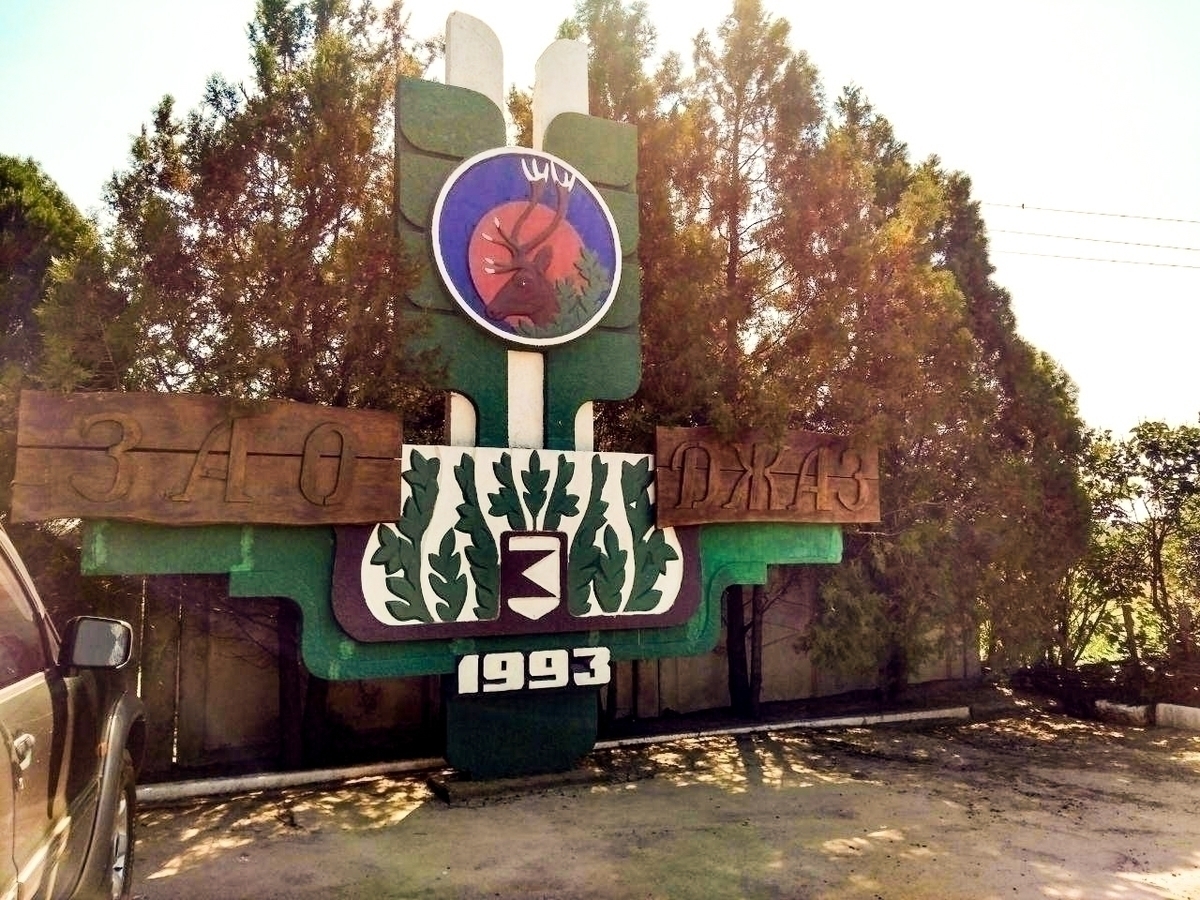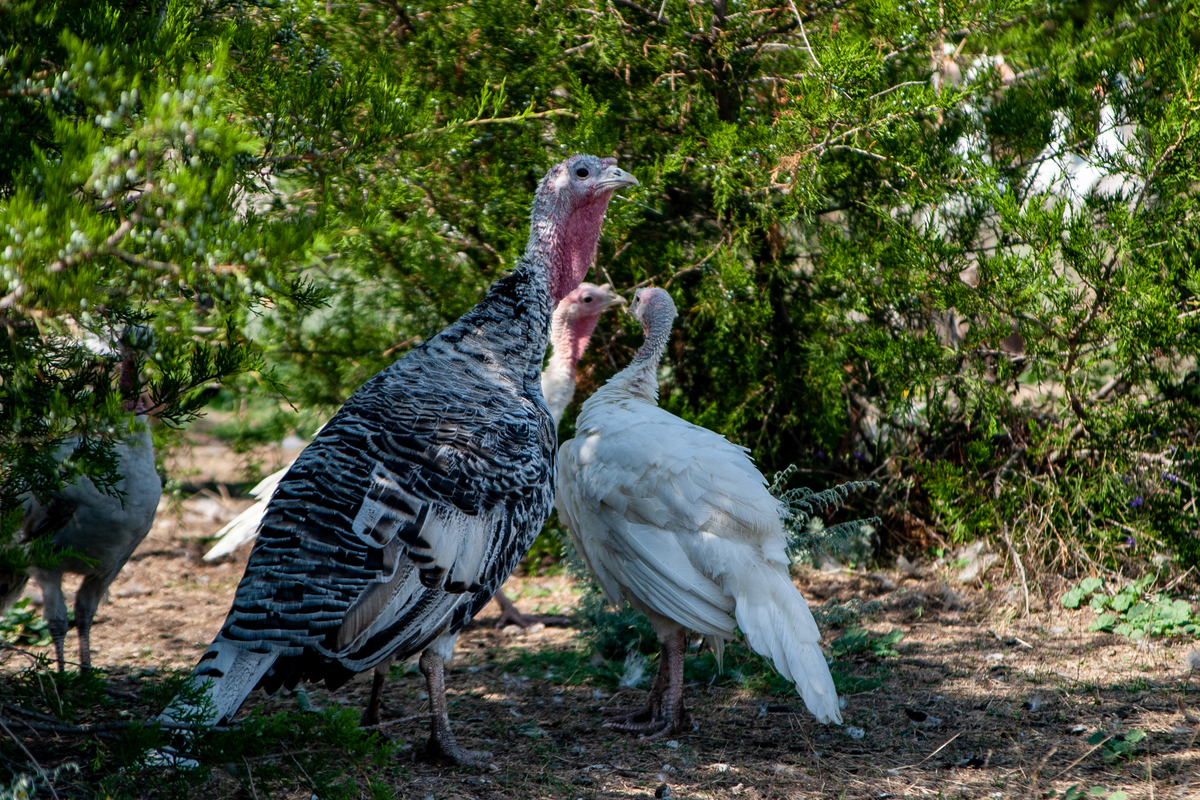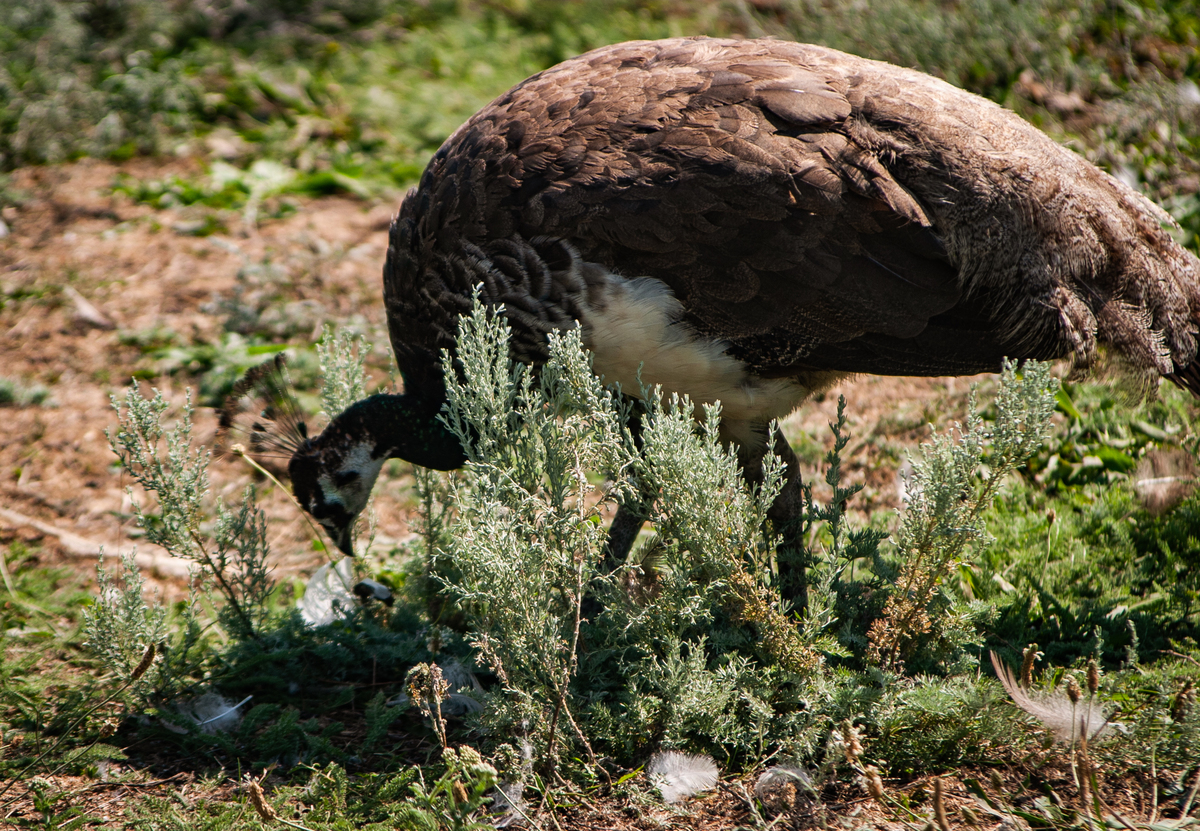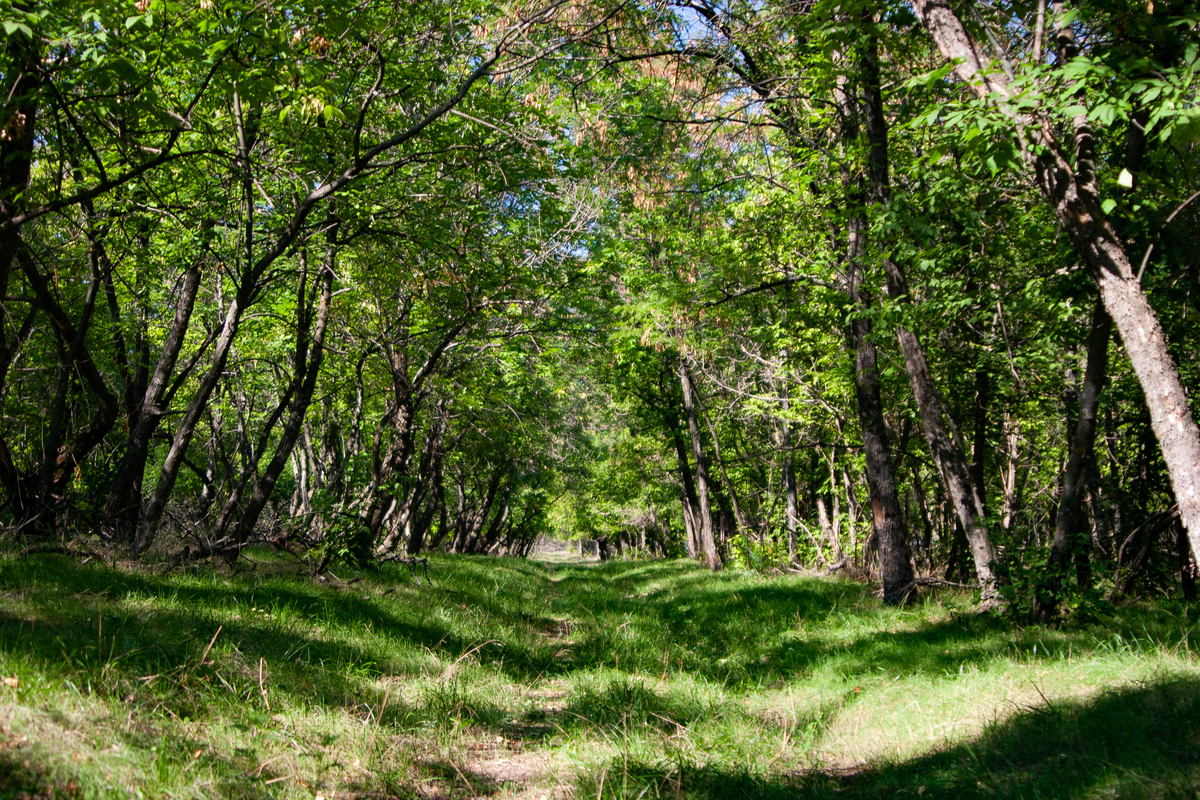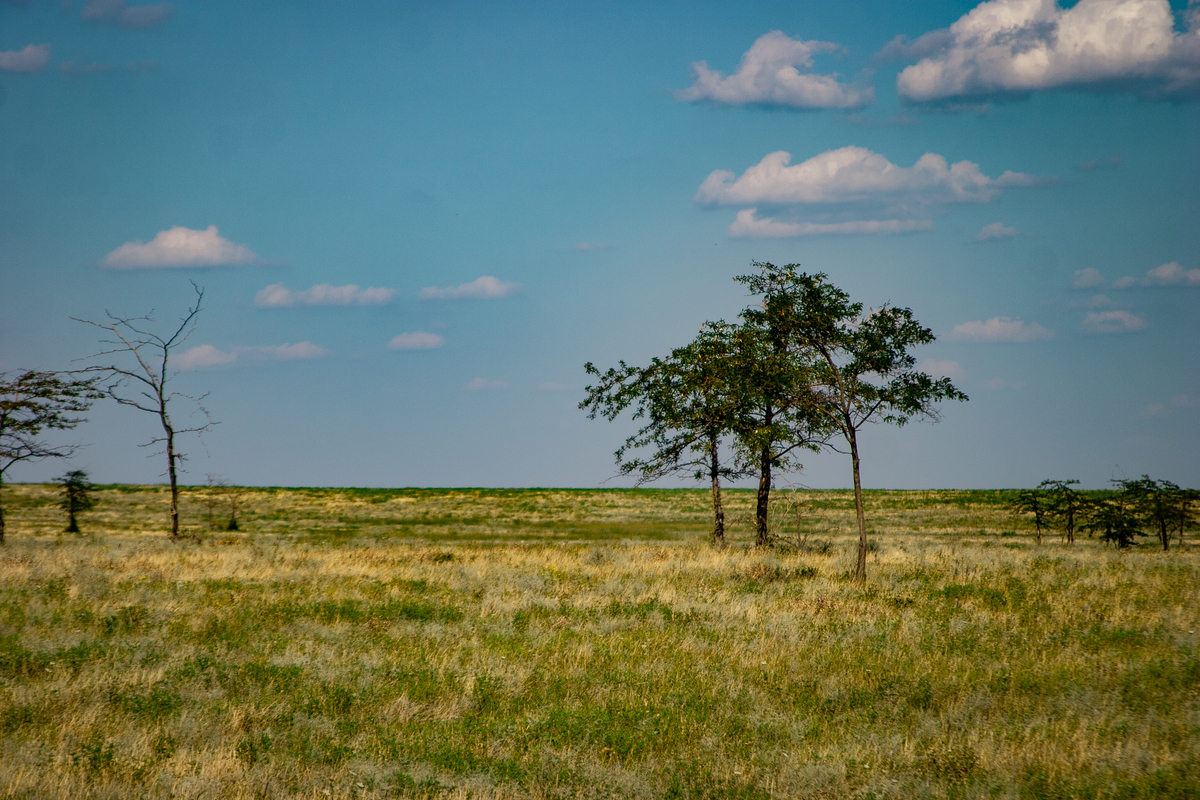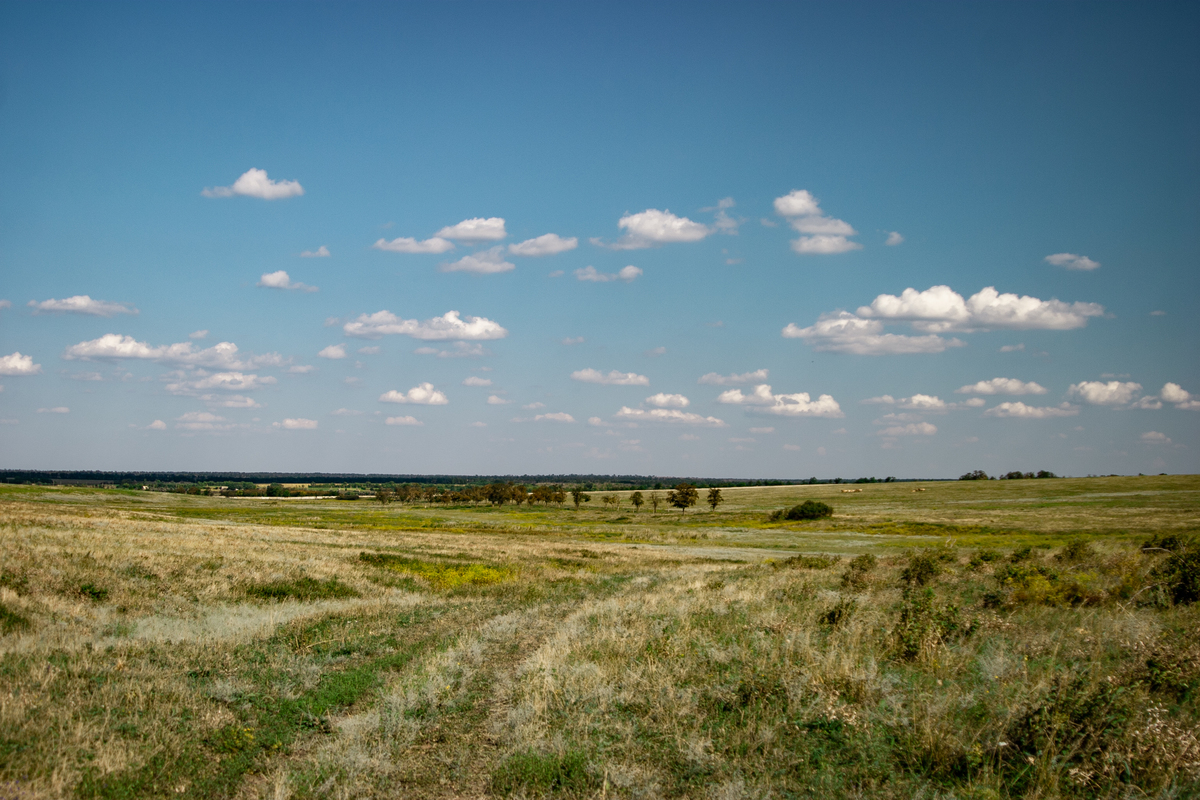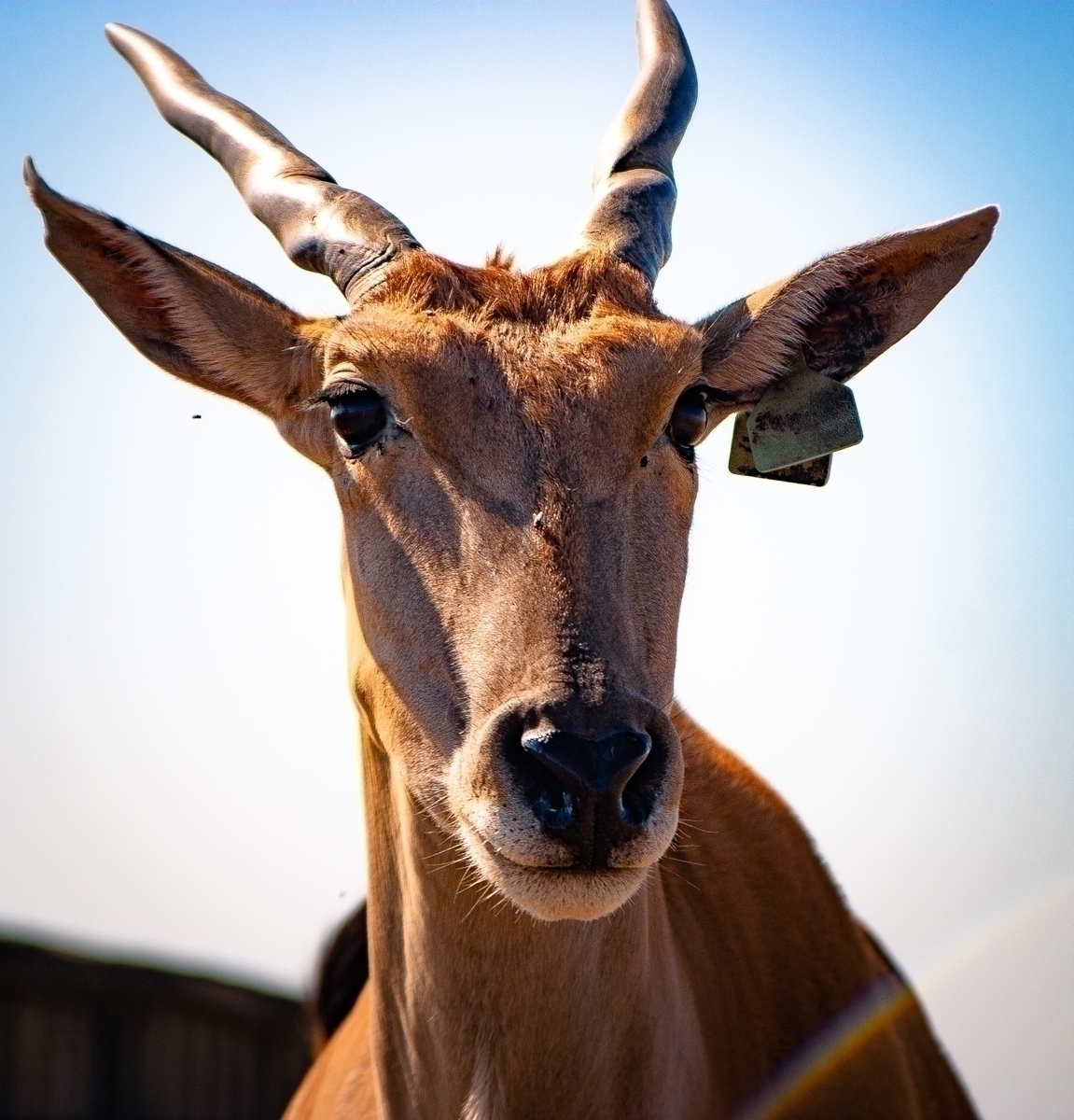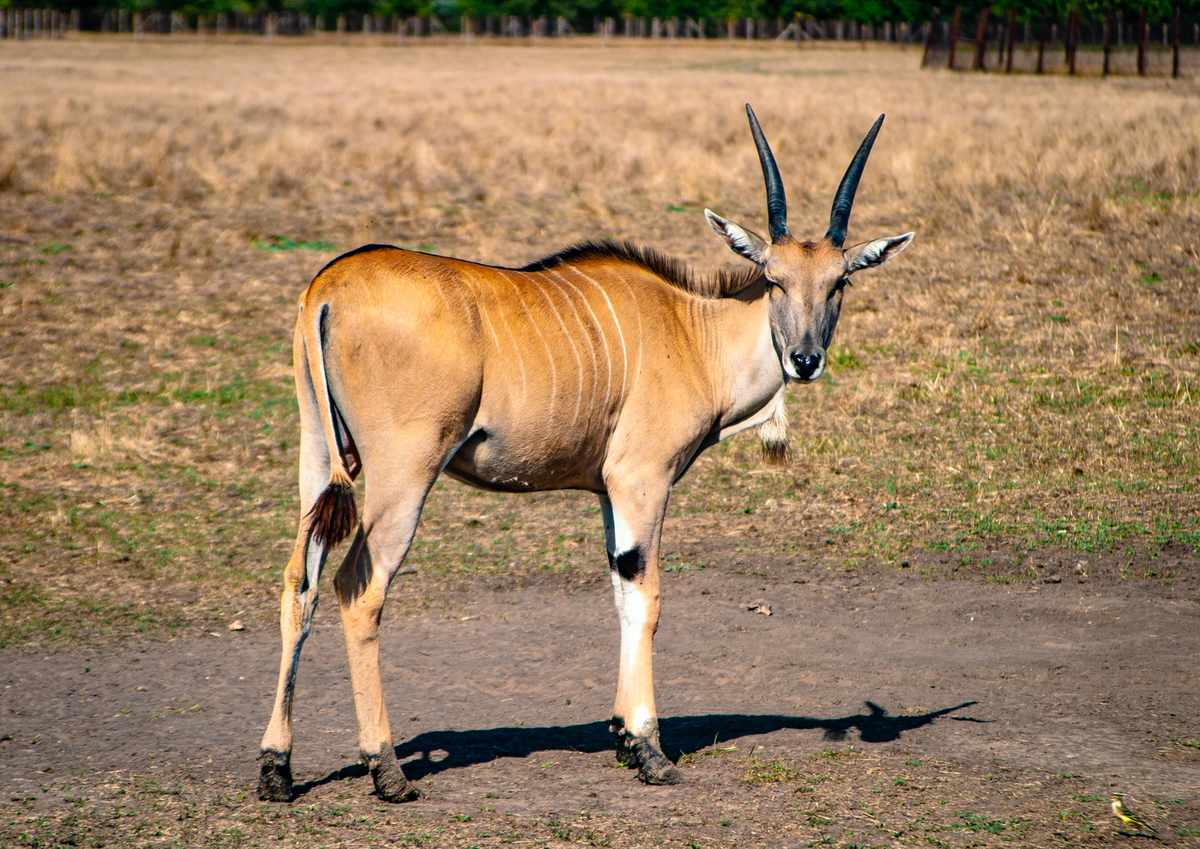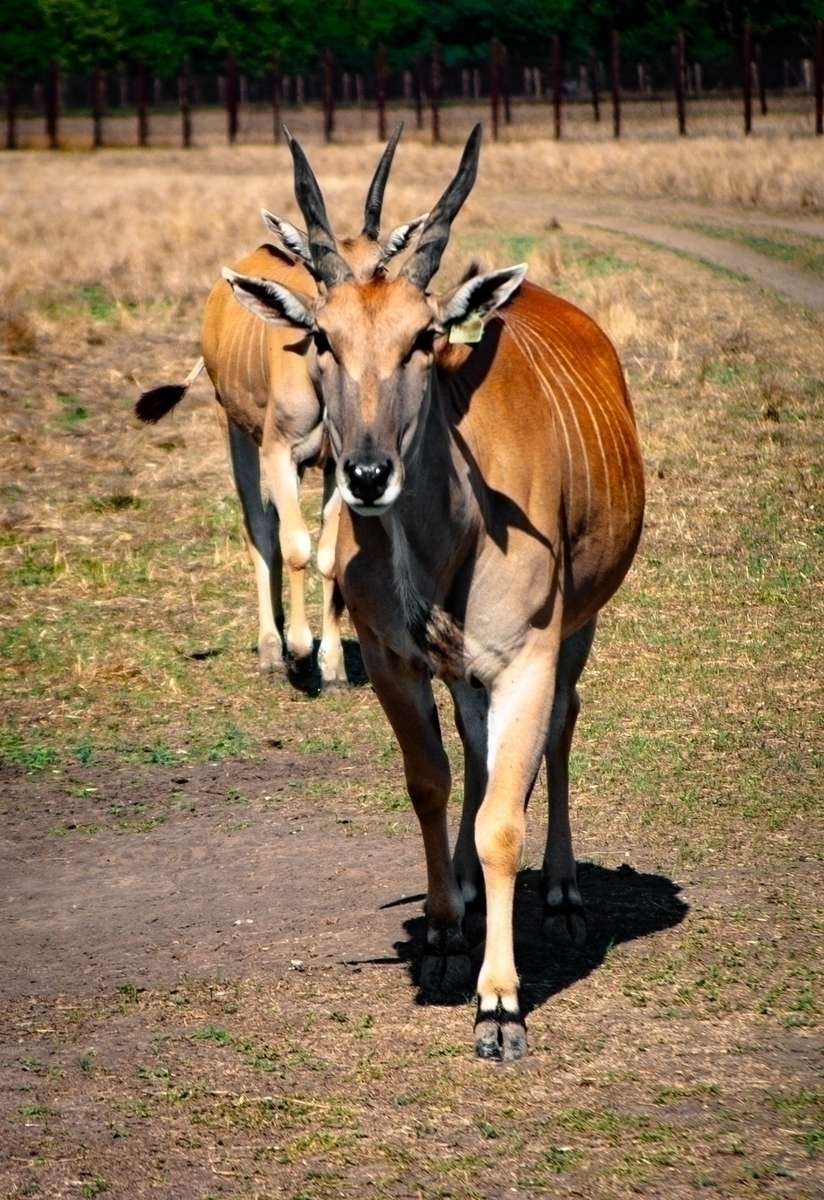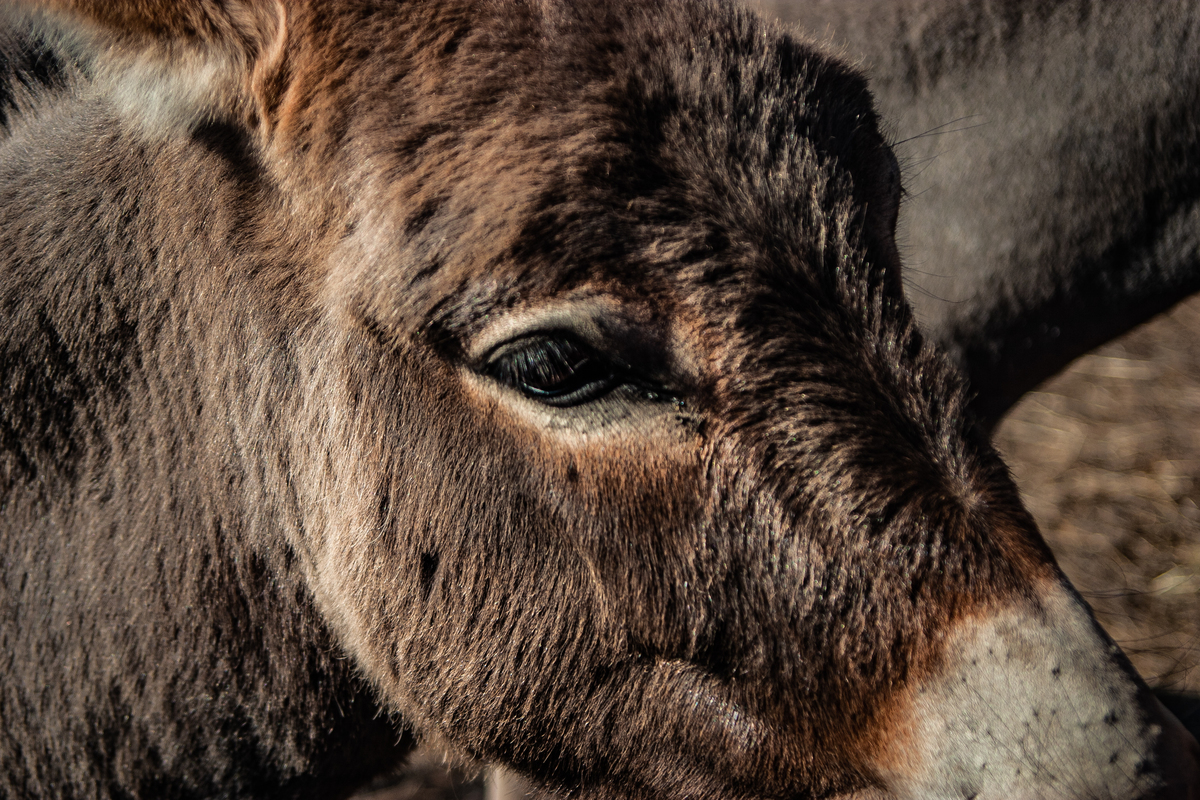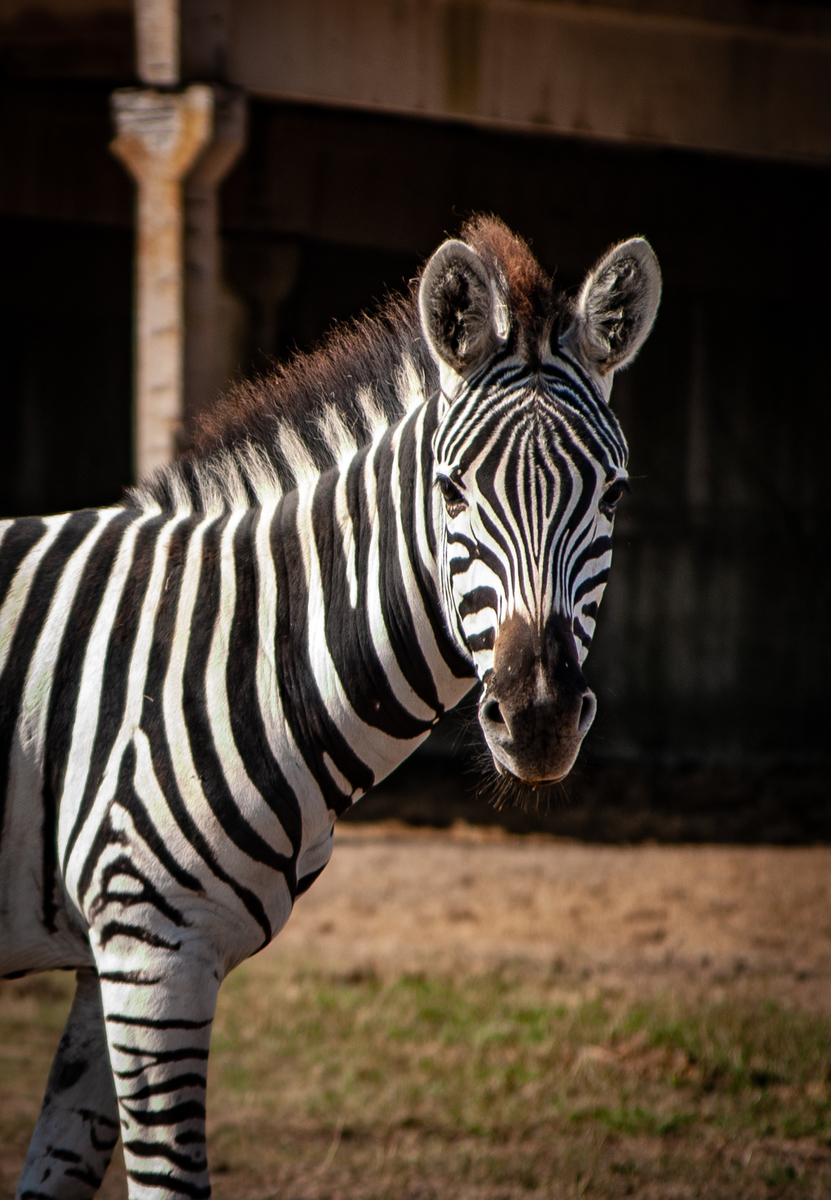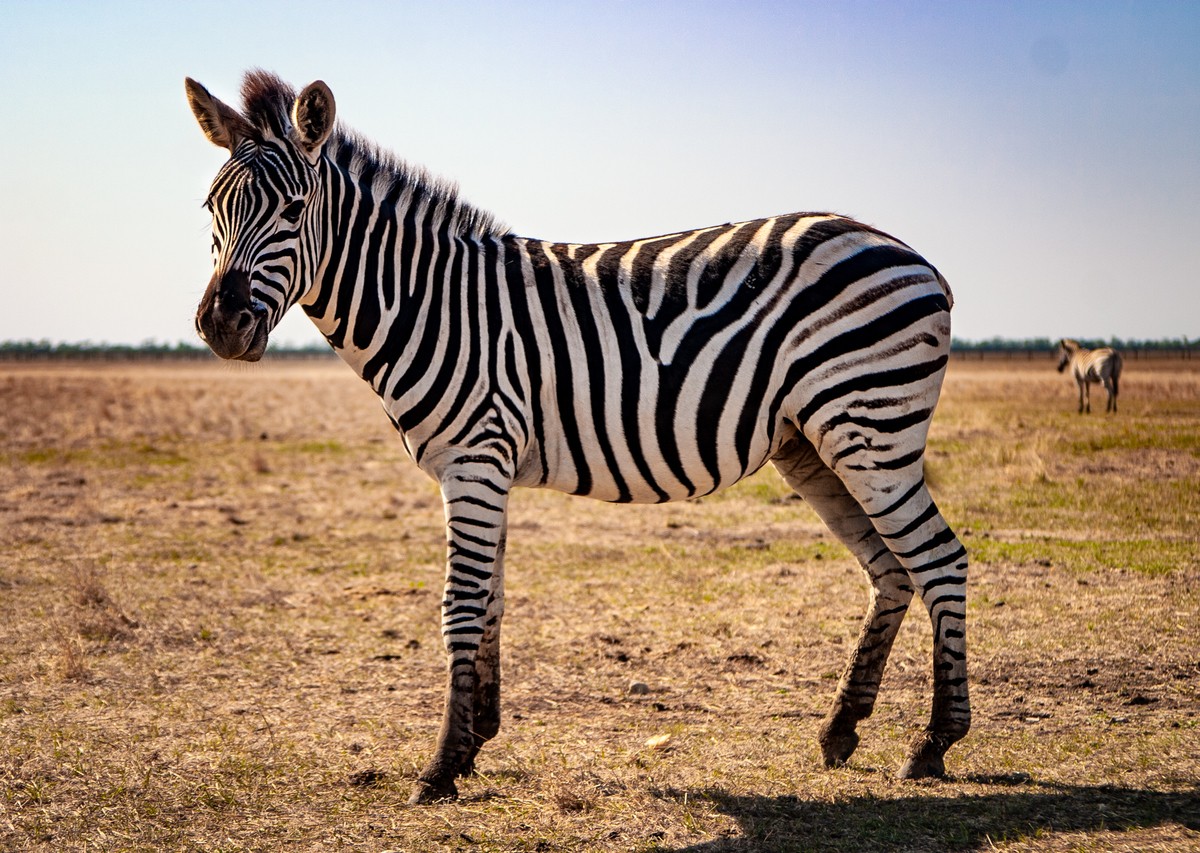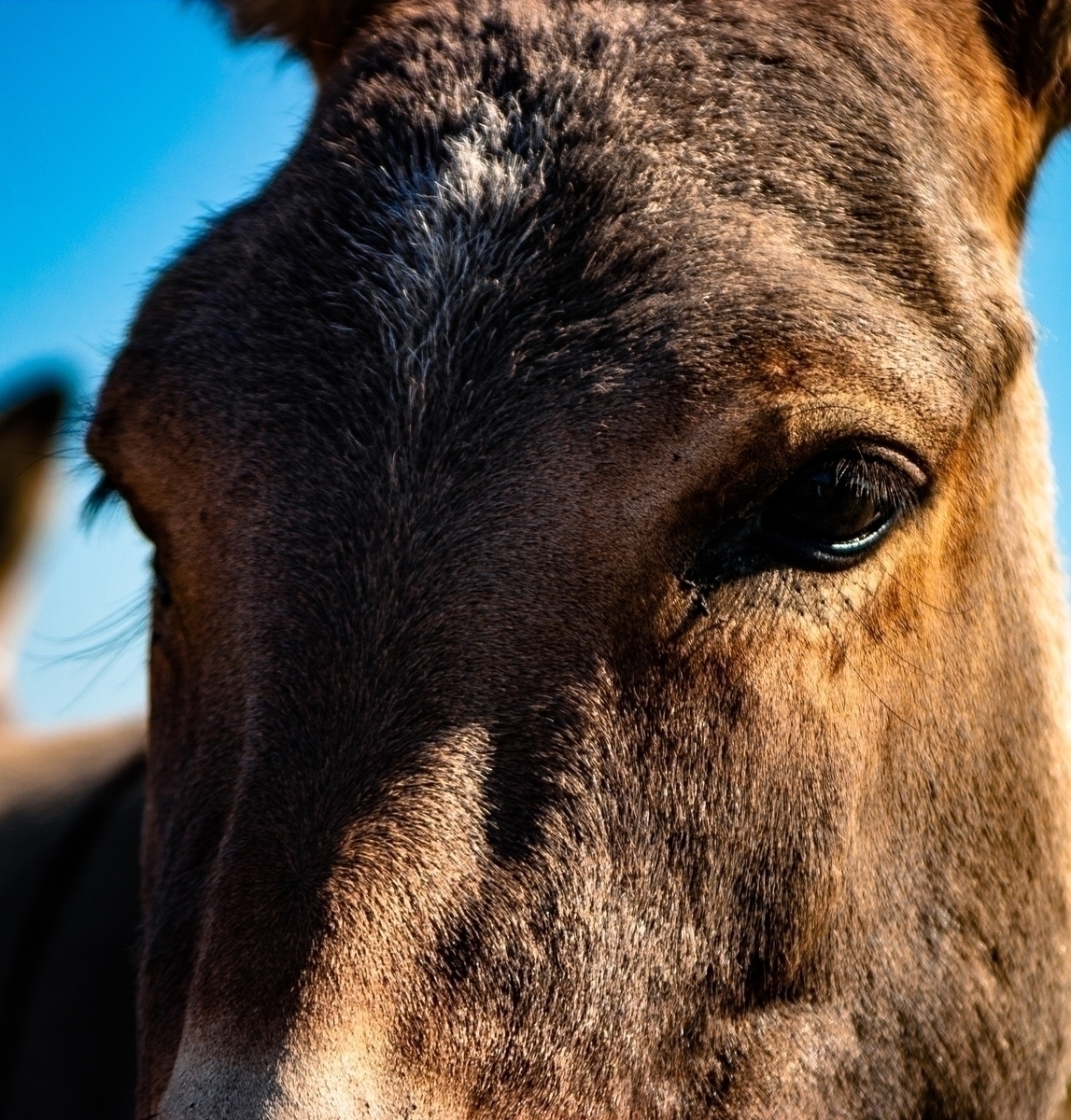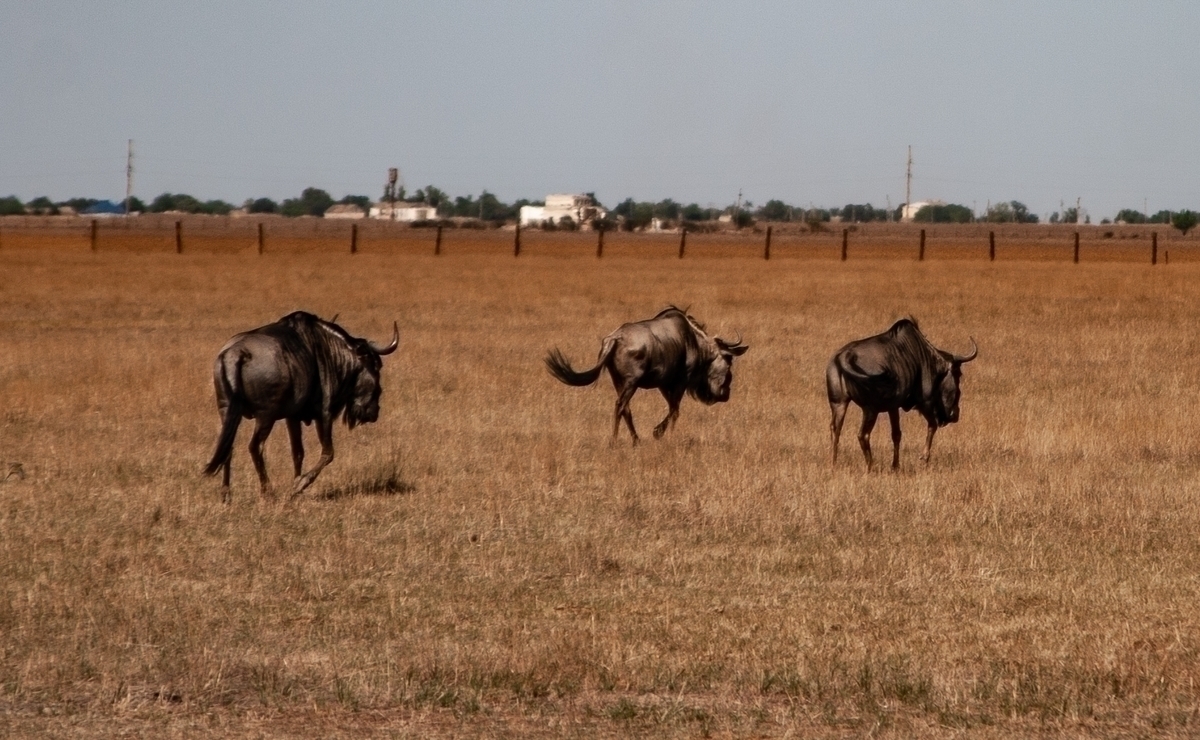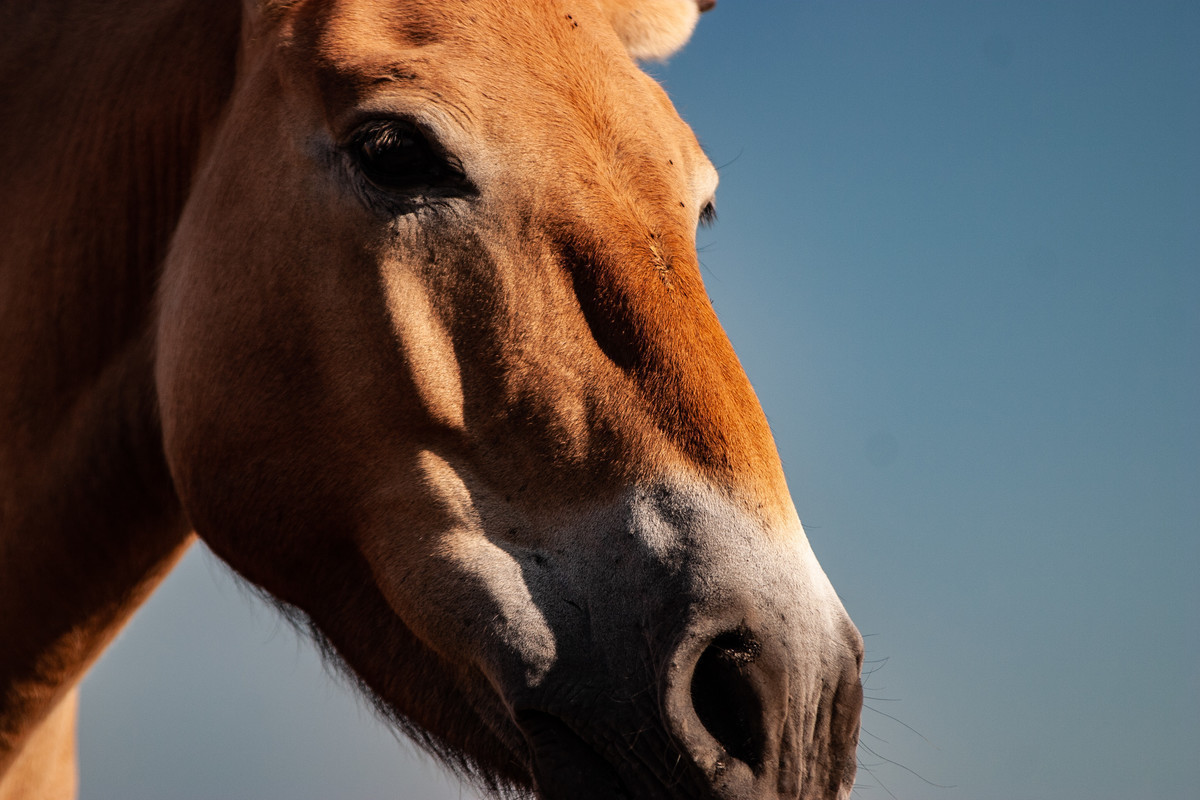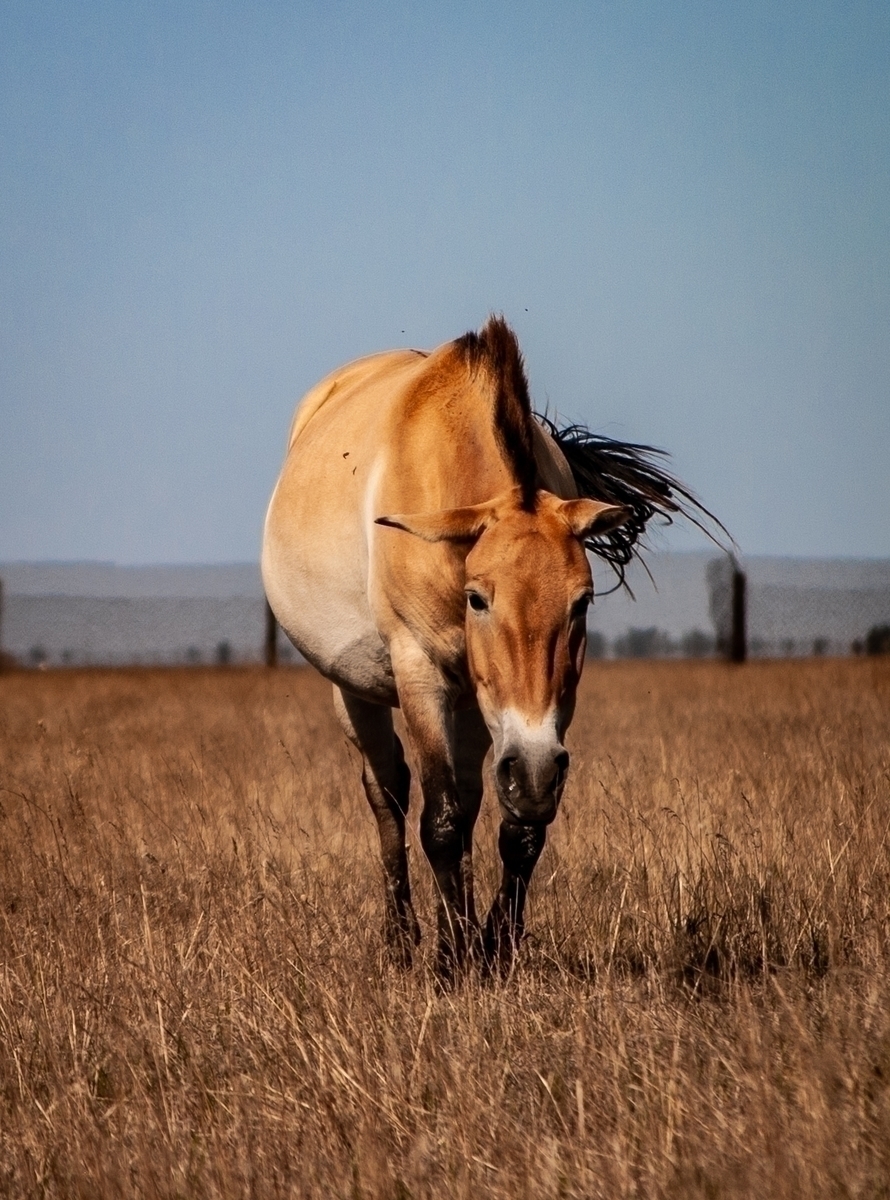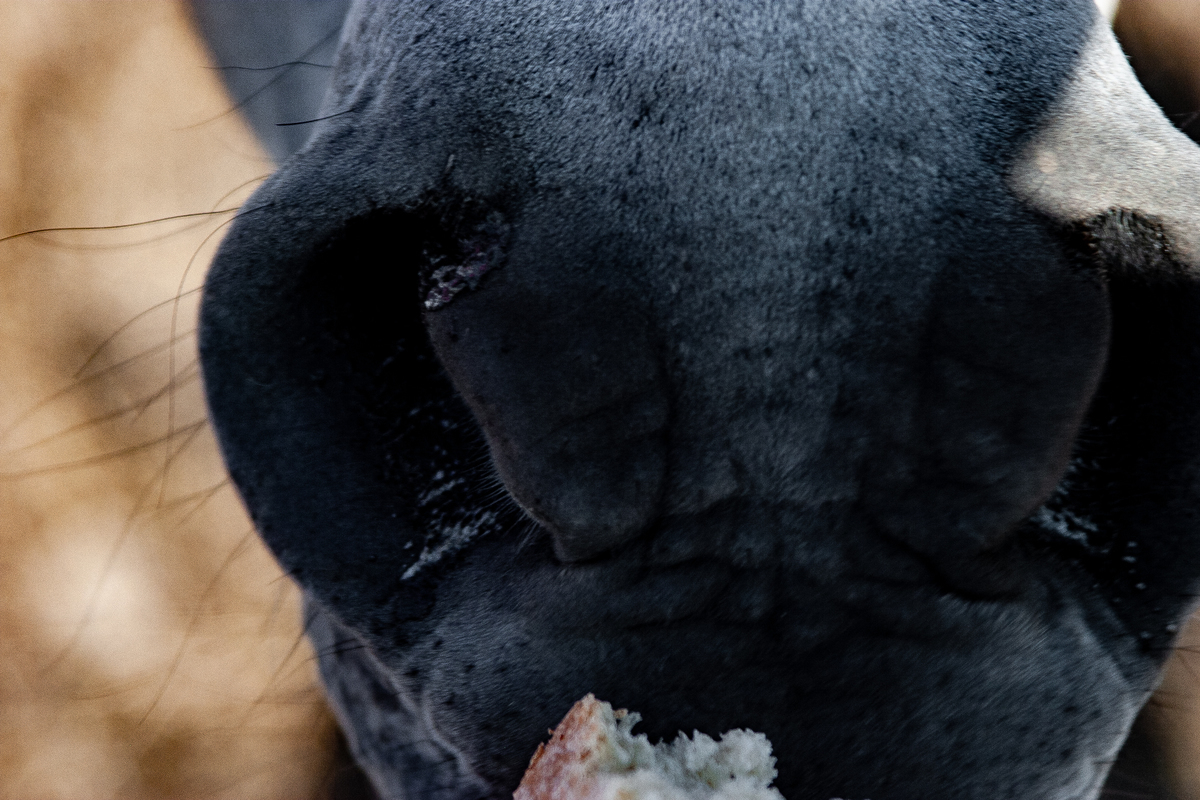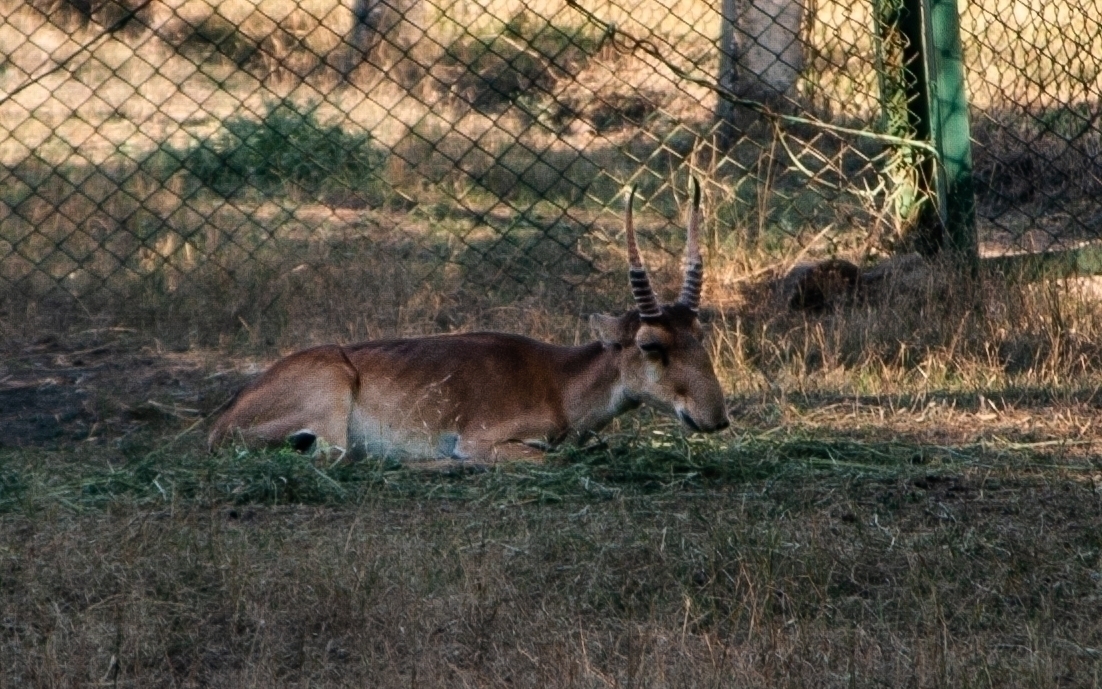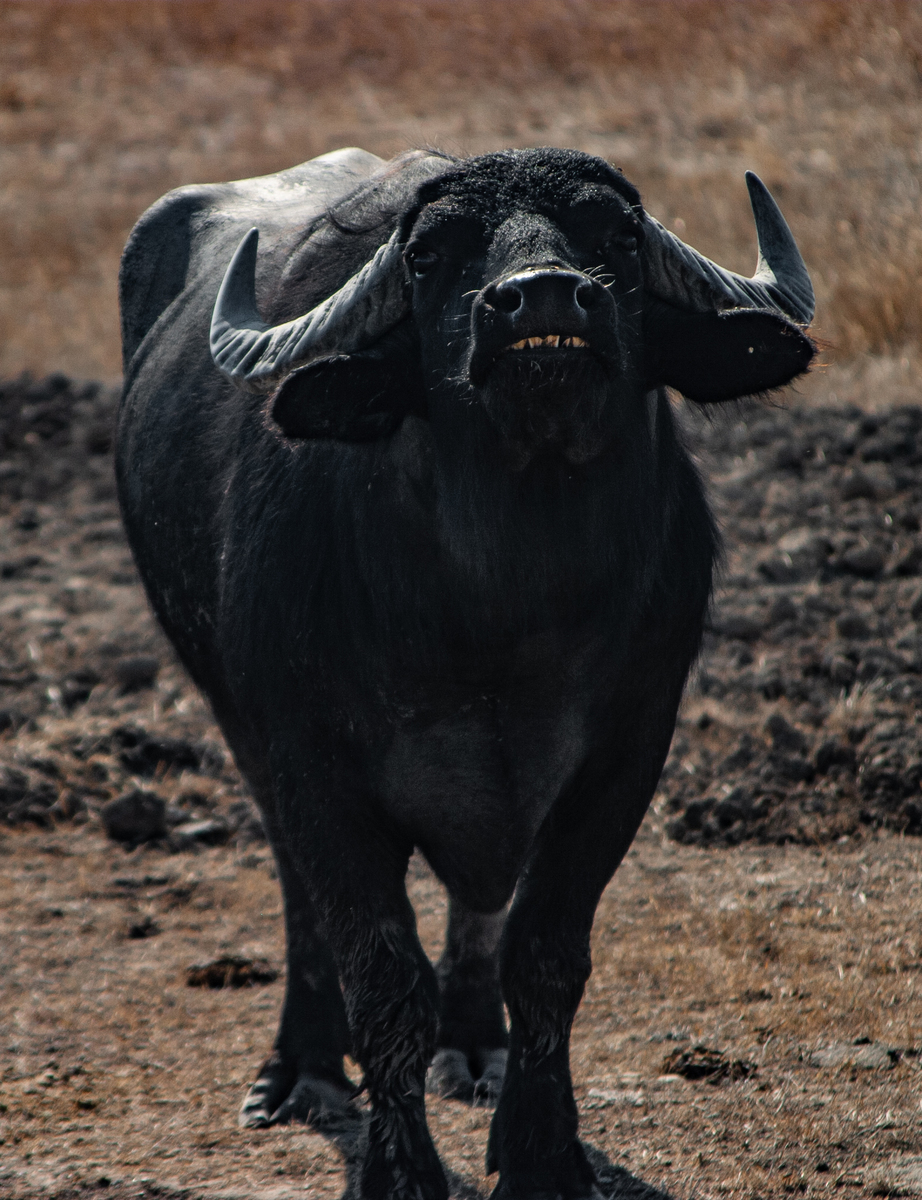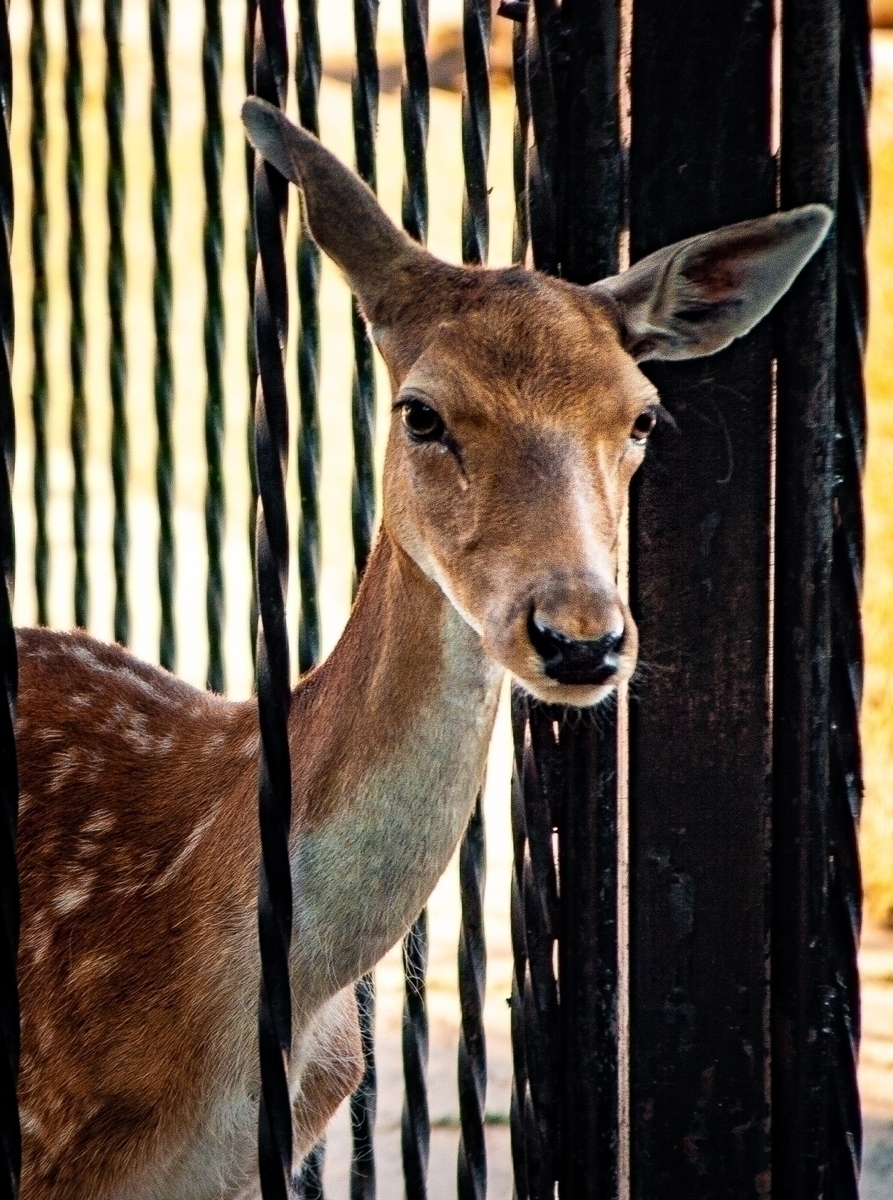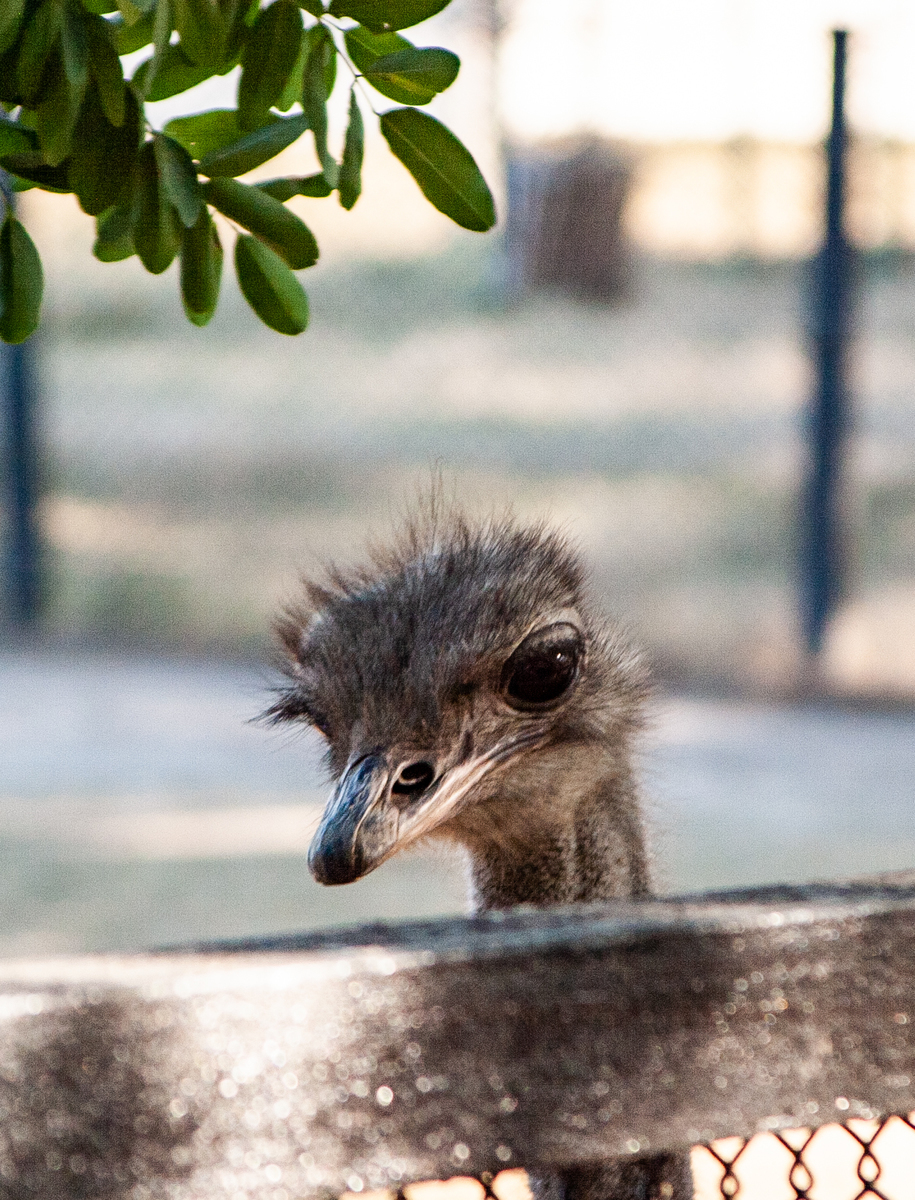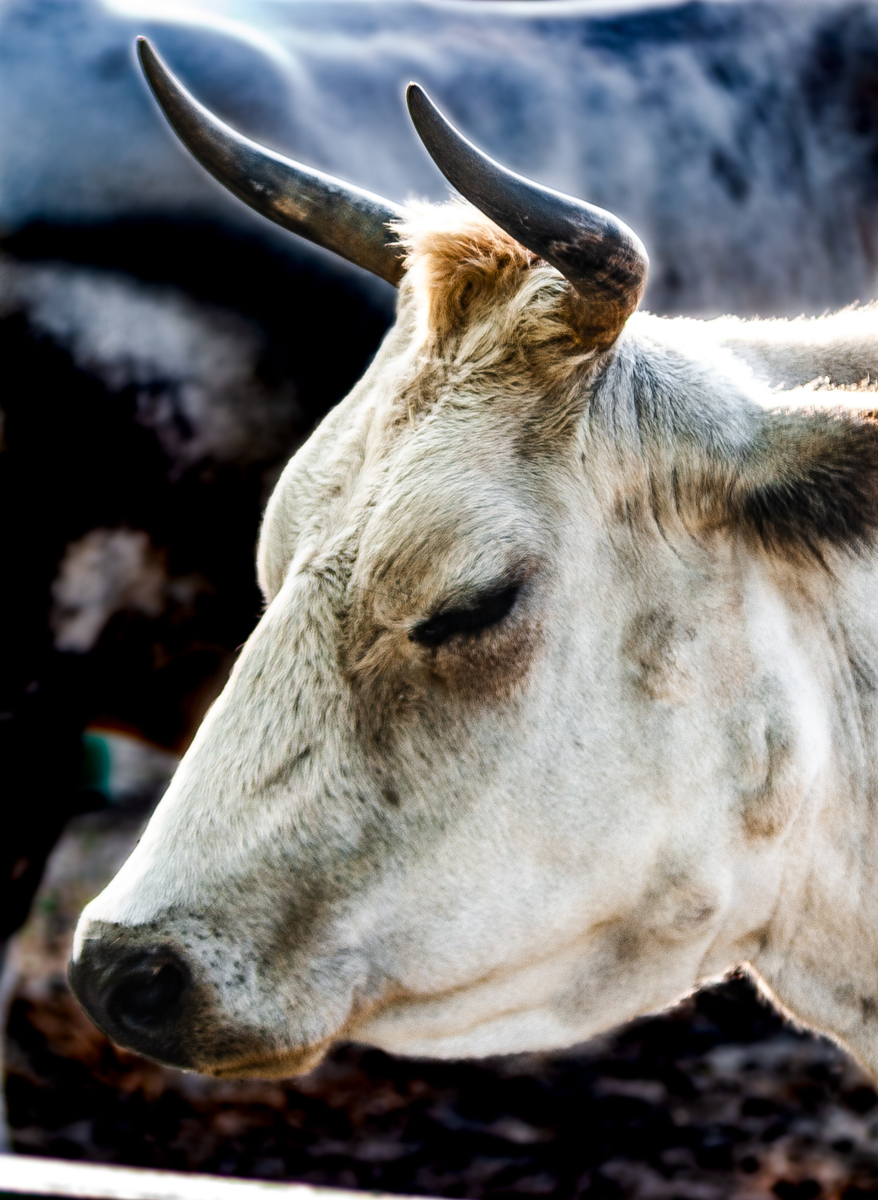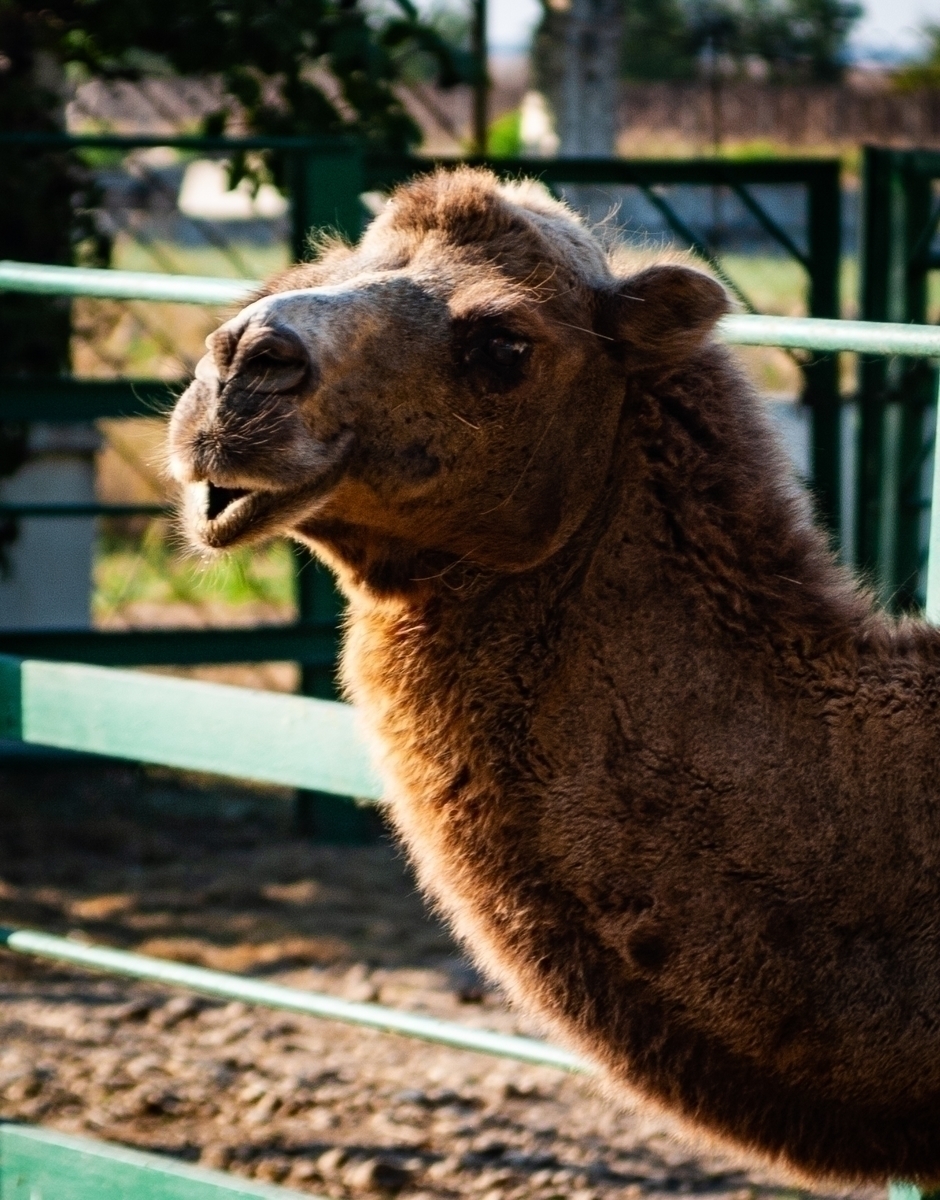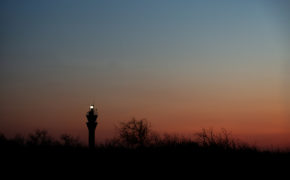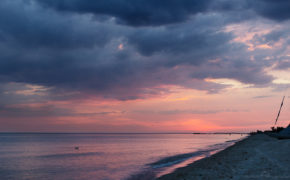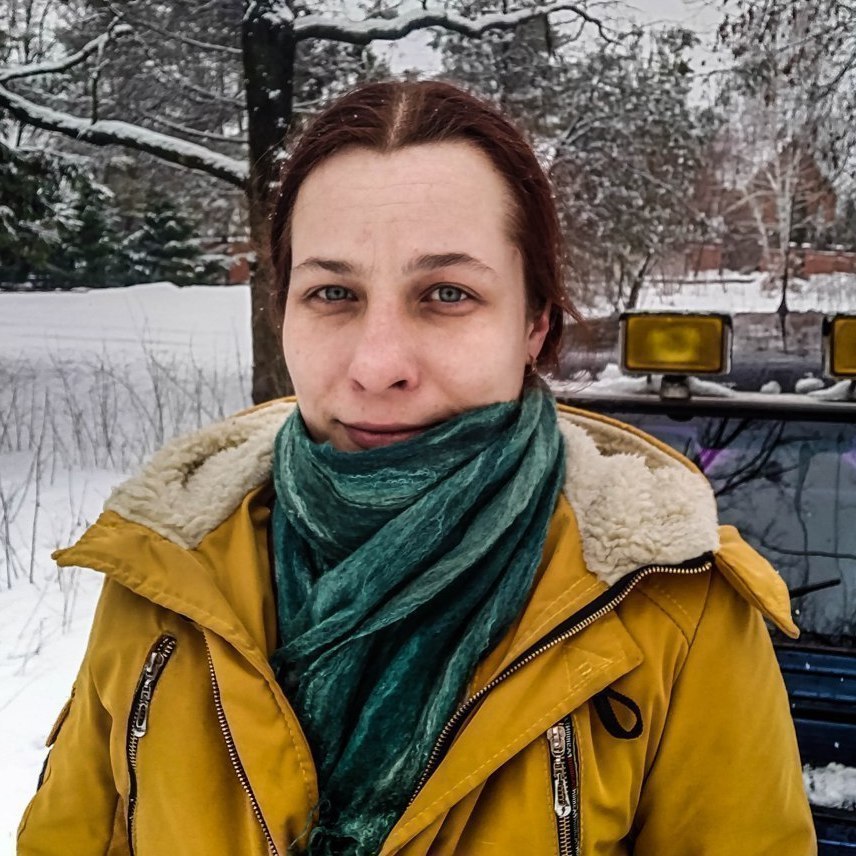Exploring the reserved areas of the south of Ukraine. First part – hoofed-steppe.
This trip – unlike many others, was planned in advance – although it was postponed and changed. But what? That’s right – not a single plan can withstand a clash with reality)) The main thing is that the clash was fairly positive and relaxed))
While studying information about interesting places in Ukraine on the network, I came across the back of the network to the mention of the “Gaychur” nature reserve, aka “Tavria”, at the entrance stands a large stele with the inscription “Jazz CJSC”. I will stop on “Gaychur”.
So – there is a little information about it. All that can be learned from the network is that it is located in the Zaporozhye region, near the Ternovataya village in the Gaychur tract (in other sources, near the Gaychur village, which the google map does not know about, unlike Ternovaty), was founded in 1993 year. Its has an area of about 300 hectares and there were bisons there some time ago, but now there is no and there are only deer, roe deer and Przhevalsky’s horses left. By the way, there are no ostriches anymore – from the birds only peacocks, turkeys and ducks left. They have enclosures only for pigs, and then they are symbolic. All hoofed animals walk freely along the fenced hectares of the steppe.
We arrived there in the middle of the day, having left Kharkov in the morning. There were no cars on the parking lot near the gate. The guards called the caretaker from the territory, who was very friendly and talkative. There were no tourists besides us. To my question, how many tourists are coming to them, he said that they come sometimes, but only “on the road to and from the sea.” Not much. He also said that the zoo was created by the management of the “Kommunar” plant for hunting. The territory was not a nature reserve at that time. Our guide showed us birds, pigs and a museum made in wooden houses. It is not completely clear what the main subject of the museum is there)))) Inside the houses things are collected indiscriminately – just older than 20 – 30 years old and hanging on ceilings, walls, shelves, standing on the floor and in all available niches and corners. Most of the exhibits belong either to Soviet themes (pioneer drums, pennants, portraits ..), or Ukrainian folk – embroideries, jugs and other household trifles. There are stuffed ungulates on the walls. Our guide sadly shows those stuffed animals one by one “these are still there, these are already gone, and these … the director was a hunting lover – he wiped them out… these still exist ..” There have been no bisons in the zoo for 7 years. And according to the caretaker, they are in no hurry to import them again – they are too strong and wayward. “If a walk needed to them, the caretaker says, they pass a piece of the fence with their ton weight and don’t notice. And it’s good if he returns in the same way as he left. As soon as the dogs barked at night, we already knew that we had to go to fix the fence. ” Near the houses there are tables with benches and a pond with white and orange decorative fish. Nice enough place to stay. By the way, the entrance ticket is very symbolic – 40 UAH per person (and it is desirable to have it without change – they don’t have small money).
We sat down at a table to eat off the road and then went for a walk in the steppe. The caretaker offered to walk with us and show / tell, but we refused. According to him, it doesn’t matter if we will go with him or without, in the middle of the day there is a high probability of not seeing anyone because of the heat. But he described the route and left. A fence with a gate separates the household part from the reserved steppe; behind the fence, a steppe with landing begins.
After a walk through the forest, the path leads to the steppe. The smell in the steppe is strong and beautiful. It smells like wormwood mixed with sage and slightly thyme. The wind sways all this sea of grasses and the picture turns out to be magnificent!
As the caretaker said, we were able to see only two herds of horses, and even from afar. We did not meet other inhabitants. Now the plans are to go there for a few days and get around and look carefully.
Our next item on the plan is Askania-Nova. On the way to it there is a proven hotel in Kakhovka (“Privat”) – that’s where we went. The roads there are terrible, so we drove these 280 km slowly, trying not to strain the suspension of our iron horse very much. We arrived in Kakhovka by 10 pm. We settled in and went to look for food, as our favorite restaurant on the ground floor of the hotel was closed. It turned out that at this time on the promenade of Kakhovka it is simply impossible to eat, despite the presence of restaurants and cafes. The fact is that we didn’t dare to go into some of them because of the stubborn audience sitting there, and those few decent in appearance that we were caught do not accept orders at this time (they work until 11 ..) As a result, sandwiches, remained from the morning, became our supper.
In the morning, we ate at the wonderful “Vechernitsa” restaurant on the ground floor of the hotel. Very tasty and satisfying food there – I recommend!
While still at the Gaichur Zoo, we called Askania-Nova and tried to book a seat on a retro safari. But we were told that we can do that only at the desk, if there are not 10 of us. While we washed, ate, bought water and arrived at Askania-Nova, it was already 3 o’clock in the afternoon. We approach the ticket office and told – we called about places on the retro safari. “Oh! You just supplement the group to the right amount)) starting in 15 minutes. ” Such a great answer)) Paid, sat waiting, gathered in a pile and drove off.
Retro safari is the name of a driving along the protected steppe in a passenger truck with a guide. For several years this tour was unavailable and now – finally opened! Of course, we could not miss such an event!
So, the group settled down on benches, took out cameras and breads (for treating ungulates) and the guide began her story.
Most of her story can be read in official sources or online. Well or here))
The driver turned out to be an amazing character)) This is an elderly mobile agile man, whom animals in the steppe know, and he know them (by names))).
The trip passes through huge corrals that contain ungulates. There are 7 corrals in the reserve. But they do not occupy the entire reserved steppe, but only a part of it (2330 out of 33 thousand hectares). Animals inside corrals are divided according to the principle of livability.
In the first corral there are canna antelopes, donkeys and zebras. We pass a double gate, drive up to a large concrete canopy and stop. Our guide leaves the cabin with a large packet of wild apples and shouts “Manyaaaaashaaa!” One of the antelopes raises its head and rushes towards it. The guide warned us that Manyasha has a nasty character. And from the back you cannot approach any of the ungulates – this is fraught with injuries with the hind legs. To be true, we have a different opinion about Manyasha – a cute, wonderful wet-nosed creature))))
This is Manyasha))
Following her, several more antelopes come closer, eat the offered treats and pose for photos.
Donkeys, which Manyasha frightened with her appearance))
When all the photographic and touching needs on both sides were satisfied, we got into the car and drove on. To the zebras. All the zebras gathered on the other side of the canopy – we drove about 30-50 meters. While our guide called the zebras, Manyasha came quietly from behind. Zebras are afraid of her and do not want to come up, and Manyasha wants more apples))) In the end, our guide persuaded Manyasha to bribe to her kind (by a few extra apples satisfied her))) and we communicated with zebras. They are much more careful and less trusting than cannes.
The next corral – ponies. Moreover, the ponies are very interesting)) We stop, the guide comes out and shouts “Redhead!”. In the distance, one horse in the herd raises its head (so it seems from afar) and goes in our direction. Then it starts to run, and the closer it is, the smaller it seems (although it should be the other way around)). When he comes to us, he turns out to be a very small pony.
For a while we rode past a lowland, which is filled with cranes and herons. Unfortunately, they were far enough from us to shoot.. There are a lot of them there and they take off very beautifully with the whole flock.
Next we came to the bored watussi (this is African cattle) who live with a couple of gray Ukrainian cattle. When the car stopped, our guide got out and went to them, saying, “come on, get up – do not be lazy ..”
Together with watussi, wildebeests live. The guide told us a fable about wildebeests. “Nature didn’t bother much and “made” them from what was at hand: a muzzle from a devil, a horse’s mane, a cow’s body, a mountain goat’s beard, and a donkey’s tail.” Well, or something like that)) The character is explosive, bad. Well, cuties)) And they also have dark stripes on the ribs, because of which it seems that the skeleton is simply covered in skin. In fact, they are interesting, but creepy. We did not get out of the car due to their unpredictable nature.
The next corral – Przewalski’s horses. On one side of the fence, a male and two “Nuremberg girls”, as the guide said (female Przhevalsky horses brought from the Nuremberg zoo for breeding), on the other hand, jealous local females (they were removed from the male to avoid degeneration from too close ties, although one was able to somehow break through)))).
The girls crunched wild apples and bread with pleasure, and the stallion proudly stood by and squinted at us.
We missed one corral, because there Kaffir buffaloes are living there, who are “not at all friends with the head,” as the guide said. Unfortunately, the bison also moved to them, which we really wanted to see.
In the last corral the same exuberant buffaloes, Ukrainian gray cattle and saigas live)) Amazing animals – saigas. They have a very funny big nose, more like a gas mask (our guide stubbornly called them air conditioners)) and thin legs. As the guide said, they must constantly run and jump – otherwise the legs will atrophy.. And then this miracle runs for itself and suddenly bounces on all four legs at once a couple of times .. and then it runs further)))) And they are also very difficult to be held in captivity since they don’t take food from people. Just starving to death. In Askania Nova, there is pride – one saiga, grown on manual feeding. Well, the very fact that the herd lives quietly in the zoo causes a great sense of pride among the employees of Askania-Nova))
We drive up to the exit from the last corral, and near the gate there is a small family of those same exuberant buffaloes. And the leader doesn’t really like something in the smell coming from people. The guide said that he really does not like the smell of perfume. We sit and wait very much for the guide to open the gate – the buffalo weighs a ton and it’s not a fact that our truck will withstand his anger .. But the leader stood and simply snorted menacingly (fortunately)). It is worth noting that at the withers this beast is higher than a standing person ..
Then we drove along the new part of the arboretum, where visitors are not allowed – young plants are grown there. On the way, we picked some apples and hawthorn – they have already ripened and are crumbling. And we drove to the entrance to the zoo. And very on time, since the entrance to the zoo closes at 17:00, although inside you can walk for at least another hour)))
So we went to look at feathered, ungulates and beavers)))
Our route headed to the sea further.
Second part – Stormy.
Third part – Emotional.
Fourth part – Relaxed.
